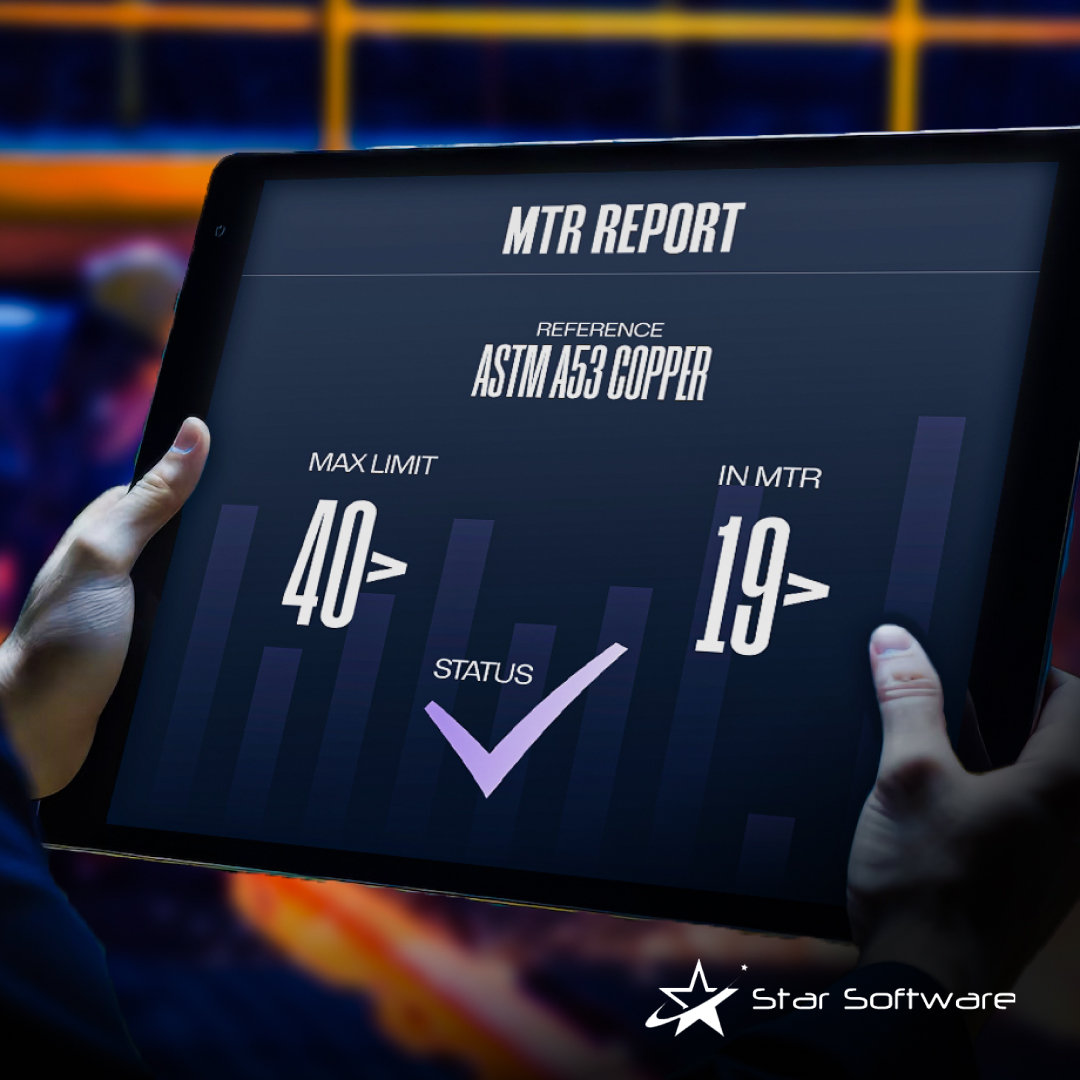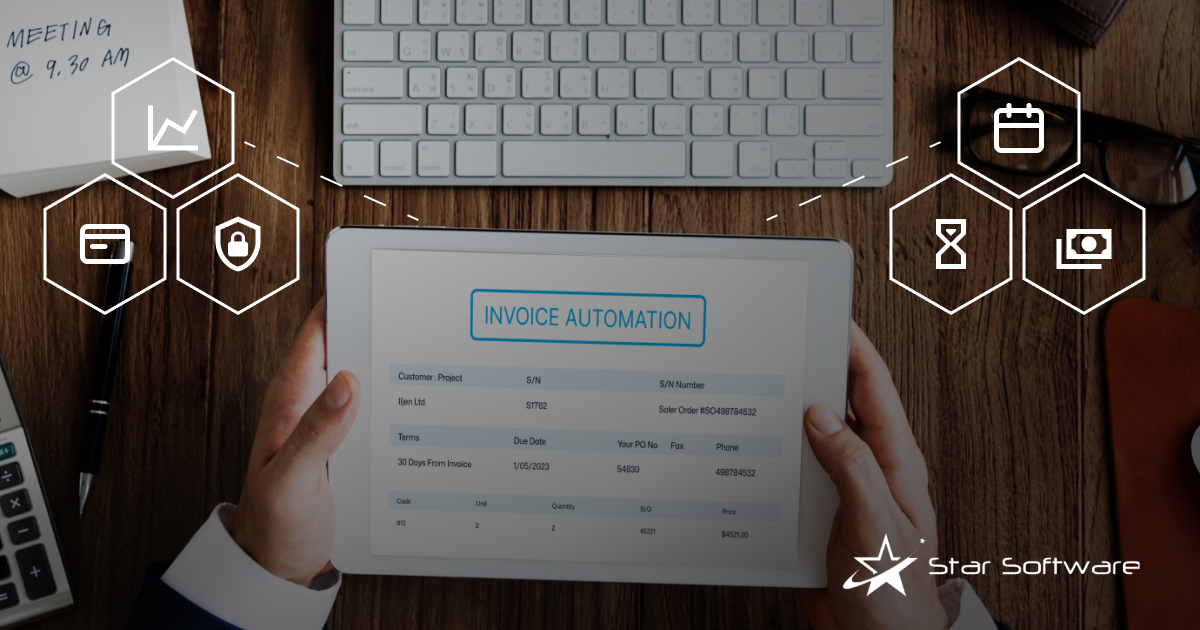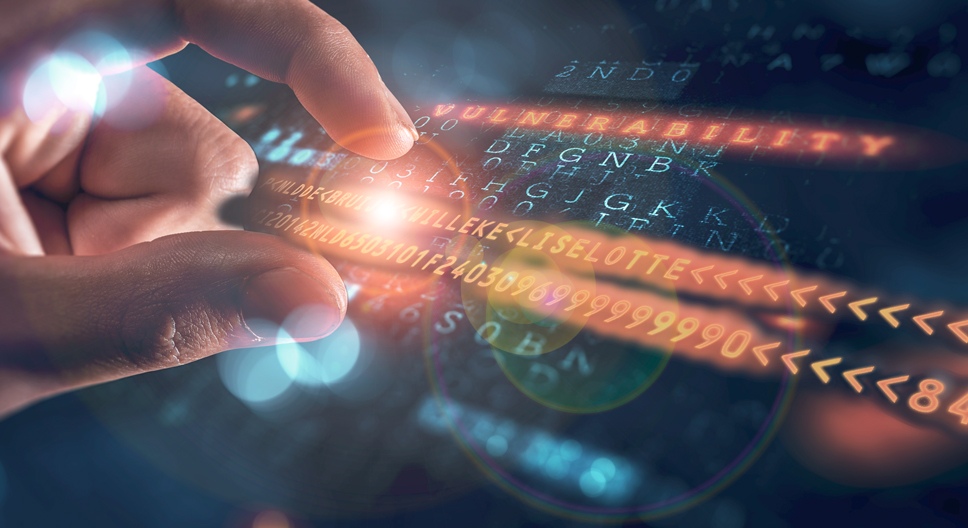According to EY’s 2023 Global E-Invoicing Study, over 70% of businesses worldwide have adopted electronic invoicing (e-invoicing) to meet regulatory requirements and improve operational efficiency. With governments and regulatory bodies continuing to tighten controls and introduce new regulations, businesses must adapt their invoicing processes to stay compliant. This is where automated invoicing solutions come into play. In this blog post, we’ll explore the latest compliance and regulatory trends in invoice automation and how businesses can leverage these solutions to ensure compliance.
The Importance of Compliance in Invoicing
Compliance in invoicing is crucial for several reasons:
- Legal Obligations: Businesses must adhere to the invoicing regulations of the countries in which they operate. Failure to comply can result in hefty fines, legal penalties, and damage to a company’s reputation.
- Tax Reporting: Accurate and timely invoicing is essential for proper tax reporting. Non-compliance can lead to discrepancies in tax filings and audits.
- Fraud Prevention: Compliance with invoicing standards helps prevent fraudulent activities, ensuring that all transactions are legitimate and traceable.
Key Regulatory Trends in Invoice Automation
- Mandated E-Invoicing:
- Many countries are mandating the use of electronic invoicing (e-invoicing) to improve transparency and reduce tax evasion. For example, Italy and Mexico have made e-invoicing mandatory for B2B transactions, while countries like India and Brazil have implemented it for GST compliance and Nota Fiscal Eletrônica (NF-e) respectively.
- Real-Time Reporting:
- Governments are increasingly requiring real-time reporting of invoices. This means that businesses must report their invoices to tax authorities as soon as they are issued. This trend is seen in countries like Hungary, where the National Tax and Customs Administration (NAV) requires real-time invoice reporting.
- Standardization of Invoice Formats:
- To facilitate interoperability and compliance, many regions are adopting standardized invoice formats. The European Union, for instance, has introduced the European Standard on Electronic Invoicing (EN 16931), which aims to standardize e-invoicing across member states.
- Data Privacy and Security:
- With the rise in digital transactions, data privacy and security have become paramount. Regulations such as the General Data Protection Regulation (GDPR) in the EU require businesses to handle invoicing data securely and protect customer information.
- Blockchain Technology:
- Blockchain technology is emerging as a solution for ensuring compliance and security in invoicing. Its decentralized and tamper-proof nature makes it ideal for maintaining transparent and secure invoicing records.
How Automated Invoicing Solutions Ensure Compliance
- Automated Compliance Checks:
- Automated invoicing solutions can perform compliance checks in real-time, ensuring that all invoices meet the regulatory requirements of the respective jurisdictions. This reduces the risk of errors and non-compliance.
- Real-Time Reporting Integration:
- These solutions can integrate with government portals and tax authority systems to enable real-time reporting of invoices. This ensures that businesses can comply with real-time reporting mandates without manual intervention.
- Standardized Invoice Generation:
- Automated invoicing systems can generate invoices in standardized formats, such as the EU’s EN 16931, ensuring that they are compliant with regional standards and easily accepted by trading partners and authorities.
- Enhanced Data Security:
- Advanced security features, such as encryption and digital signatures, are integrated into automated invoicing solutions to protect sensitive data and ensure compliance with data privacy regulations like GDPR.
- Audit Trails and Record Keeping:
- Automated invoicing systems maintain detailed audit trails and records of all transactions, making it easier for businesses to comply with audit requirements and provide evidence of compliance to regulatory authorities.
Star Software’s invoice automation solution exemplifies how businesses can stay compliant with evolving regulatory requirements. Our solution is ISO and SOC compliant, ensuring that all processes adhere to the highest standards of security and reliability. With advanced encryption and secure data handling practices, businesses using Star Software can rest assured that their invoicing data is protected. Additionally, Star Software’s solution offers automated compliance checks, making it easier for companies to meet regulatory demands and reduce the risk of non-compliance.
As regulatory requirements continue to evolve, businesses must adapt their invoicing processes to stay compliant. Automated invoicing solutions play a crucial role in helping companies navigate the complex landscape of invoicing regulations. By leveraging these solutions, businesses can ensure compliance, reduce the risk of errors, and enhance the efficiency of their invoicing processes. As the trend towards digitalization and real-time reporting continues, the adoption of automated invoicing solutions will become increasingly essential for businesses worldwide.



